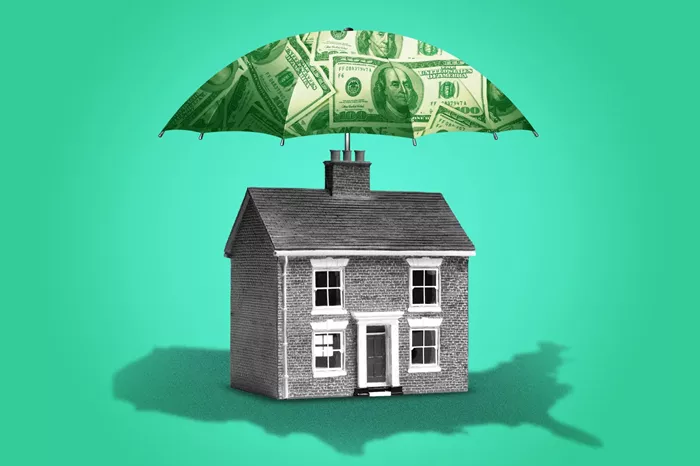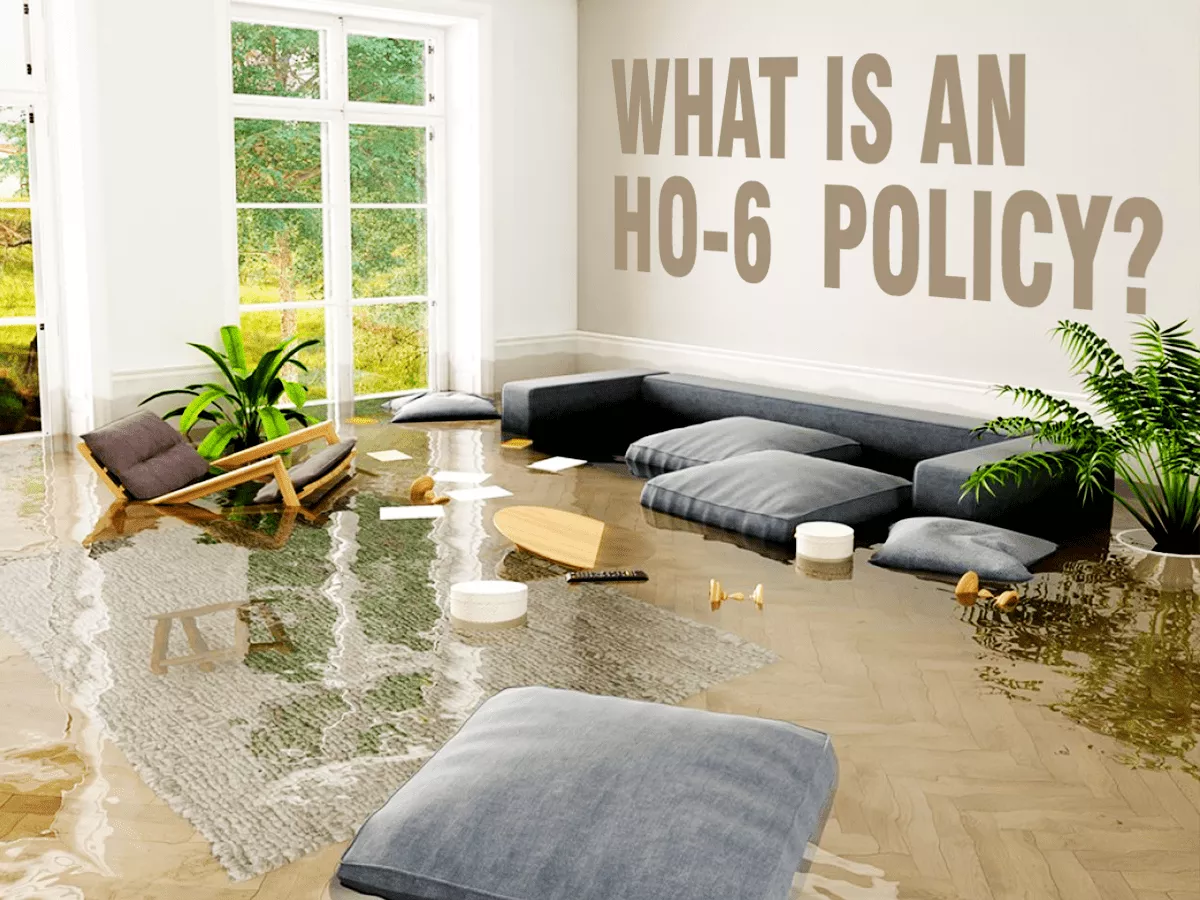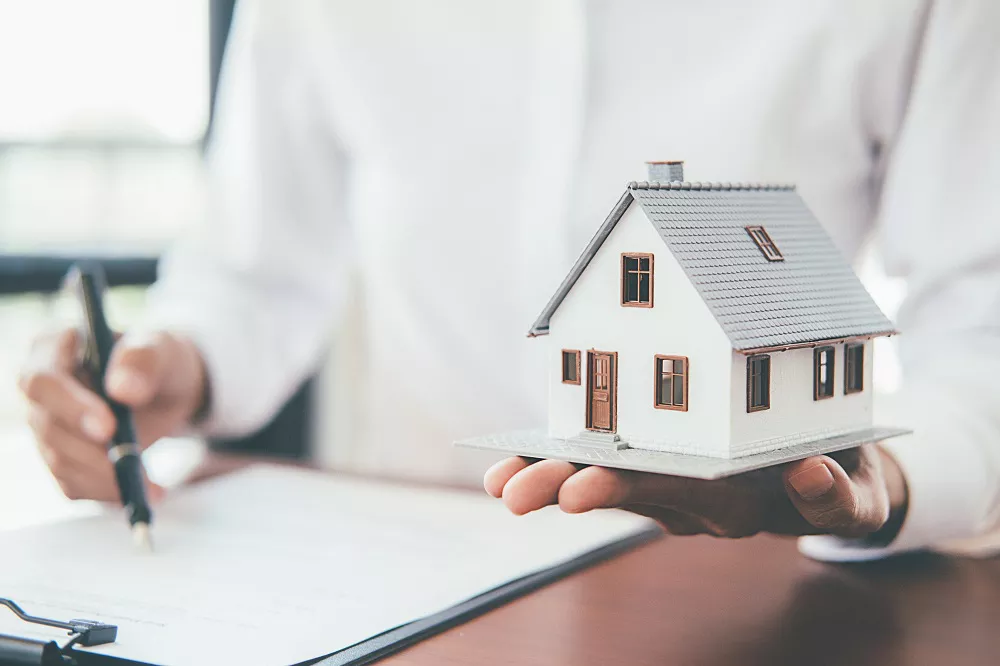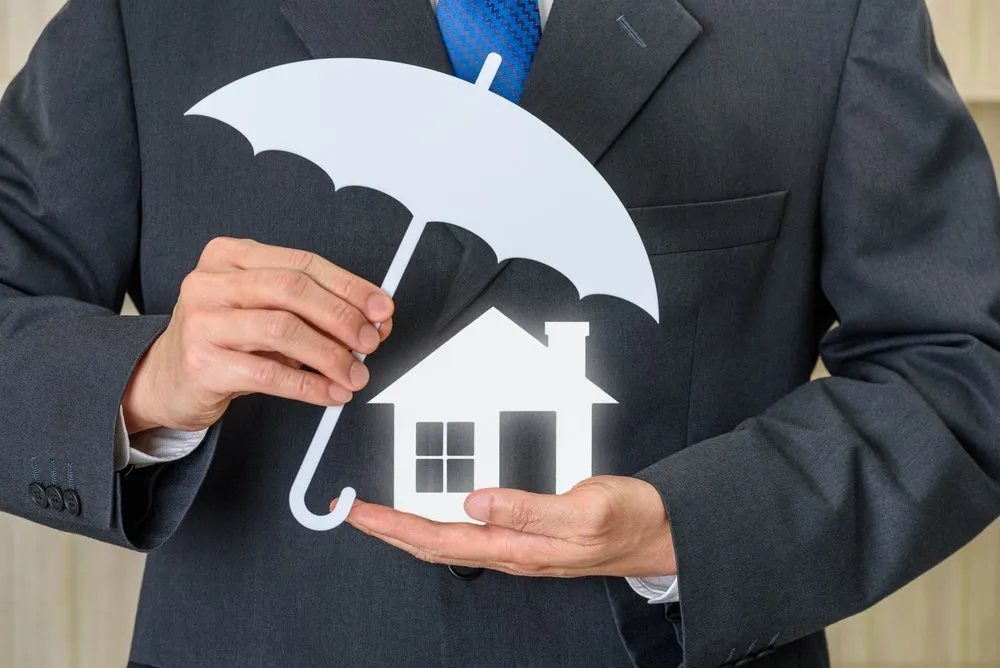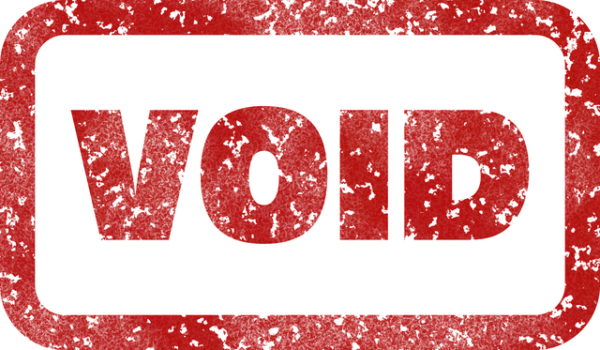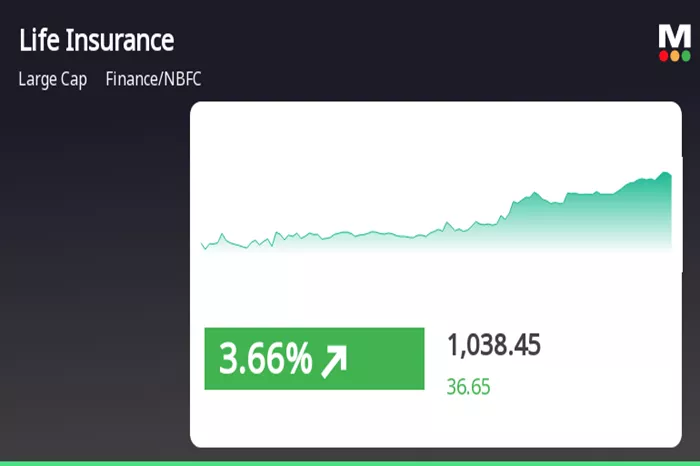Homeowners insurance is more than just a safety net; it’s a crucial tool in protecting your home, personal property, and financial well-being. Understanding the specifics of what your policy should cover can prevent unexpected out-of-pocket expenses and ensure comprehensive protection. This article will provide an extensive look at the various types of coverage included in homeowners insurance, common exclusions, and essential tips for selecting the right policy for your needs.
Understanding Homeowners Insurance
Homeowners insurance is designed to protect you against financial loss from various risks associated with owning a home. The policy typically includes several types of coverage, each serving a different purpose. Here’s a breakdown of the main components of homeowners insurance.
Coverage for the Structure of Your Home
The primary component of homeowners insurance is coverage for the physical structure of your home. This type of coverage is known as dwelling coverage and is crucial for protecting your home from damage caused by covered perils.
Fire and Smoke Damage
Fire and smoke damage is one of the most common causes of homeowners insurance claims. If a fire damages or destroys your home, dwelling coverage will help pay for repairs or rebuilding costs.
Repair Costs
This includes the cost to repair or replace damaged walls, floors, and ceilings.
Rebuilding Costs
If the damage is extensive, dwelling coverage will assist in the costs of rebuilding your home from the ground up.
Wind and Hail Damage
Wind and hail can cause significant damage to your home’s exterior, including the roof, siding, and windows.
Roof Damage
Coverage for wind and hail can help repair or replace damaged roofing materials.
Siding and Windows
This includes repairing or replacing damaged siding and windows.
Water Damage
Water damage is typically covered if caused by sudden and accidental events, such as a burst pipe. However, flood damage is usually excluded.
Burst Pipes
Coverage includes repairing or replacing water-damaged areas caused by burst pipes.
Accidental Overflows
This covers damage from an accidental overflow of water from appliances or fixtures.
Vandalism and Theft
If your home is vandalized or robbed, dwelling coverage can help pay for necessary repairs and replacements.
Vandalism
Includes costs to repair damage caused by vandalism.
Theft
Covers damage resulting from a break-in or theft.
Coverage for Personal Property
In addition to covering the structure of your home, homeowners insurance also protects your personal belongings. This coverage helps safeguard items such as furniture, clothing, electronics, and valuables.
Replacement Cost vs. Actual Cash Value
Personal property coverage can be provided on two bases: replacement cost or actual cash value.
Replacement Cost
Pays the amount needed to replace your belongings with new items of similar kind and quality.
Actual Cash Value
Takes depreciation into account, meaning you receive the current value of the items, not their replacement cost.
Off-Premises Coverage
Personal property coverage typically extends to belongings that are not in your home.
Traveling
Coverage includes items lost or damaged while traveling away from home.
Temporary Relocation
Protects your belongings if they are damaged or stolen during temporary relocations.
Liability Protection
Liability protection is an essential aspect of homeowners insurance that helps cover legal costs and damages if you are held responsible for injuries or property damage to others.
Bodily Injury
If someone is injured on your property and you are found liable, liability protection can cover their medical expenses and legal fees.
Medical Expenses
Covers the cost of medical treatment for injuries sustained on your property.
Legal Fees
Helps pay for legal defense if you are sued for damages.
Property Damage
Liability coverage also extends to damage caused by you or your family members to someone else’s property.
Repair Costs
Covers the cost to repair or replace damaged property.
Legal Settlements
Assists in covering settlements if you are found responsible for property damage.
Legal Defense Costs
In the event of a lawsuit, liability protection can cover your legal defense costs, regardless of the outcome.
Attorney Fees
Covers the cost of hiring an attorney.
Court Costs
Assists with expenses related to court proceedings.
Additional Living Expenses
If your home becomes uninhabitable due to a covered loss, homeowners insurance can help with additional living expenses. This coverage is also known as loss of use or additional living expenses coverage.
Temporary Housing
Pays for the cost of staying in a hotel or rental property while your home is being repaired or rebuilt.
Hotel Stays
Covers the cost of hotel accommodations.
Rental Costs
Includes the cost of renting a temporary residence.
Meals and Other Expenses
Helps with the cost of meals and other necessary expenses incurred while living away from home.
Food Costs
Covers the cost of dining out or buying groceries while your kitchen is unusable.
Utility Costs
Assists with additional utility expenses at the temporary residence.
Common Exclusions in Homeowners Insurance
While homeowners insurance provides broad coverage, there are certain exclusions that you should be aware of. Understanding these exclusions can help you assess whether additional coverage is needed.
Flood Damage
Standard homeowners insurance policies usually do not cover flood damage. If you live in a flood-prone area, consider purchasing separate flood insurance.
Flood Insurance
Provides coverage for damage caused by rising water levels.
Flood Zones
Check if you are in a designated flood zone to determine if additional coverage is necessary.
Earthquakes
Earthquake damage is generally not covered under standard homeowners insurance policies. Consider purchasing separate earthquake insurance if you live in an earthquake-prone area.
Earthquake Insurance
Covers damage caused by seismic activity.
Earthquake Zones
Assess the risk based on your location and historical earthquake activity.
Wear and Tear
Damage resulting from normal wear and tear is usually not covered. Homeowners insurance is designed to cover sudden and accidental damage rather than gradual deterioration.
Maintenance Issues
Repairs needed due to lack of maintenance or gradual wear are typically excluded.
Aging Systems
Replacing aging systems or appliances is generally not covered under homeowners insurance.
See Also: What Should I Look for in Homeowners Insurance?
How to Choose the Right Homeowners Insurance Policy
Selecting the right homeowners insurance policy involves evaluating your needs and comparing different options. Here are some tips for choosing the best policy for your situation.
Home Value
Consider the replacement cost of your home when determining the amount of dwelling coverage you need.
Replacement Cost
Ensure that your policy covers the full cost of rebuilding your home.
Current Market Value
Adjust coverage as needed based on changes in the real estate market.
Personal Property Value
Take inventory of your personal belongings and estimate their value to choose a policy that provides adequate coverage.
High-Value Items
Consider additional coverage for high-value items such as jewelry or artwork.
Inventory List
Maintain an updated list of your possessions and their estimated values.
Liability Exposure
Evaluate your potential liability exposure and ensure that your liability coverage is sufficient to protect against potential claims.
Pool and Playground Equipment
If you have a pool or playground equipment, ensure that your policy includes appropriate liability coverage.
Frequent Gatherings
If you host frequent gatherings, consider higher liability limits to cover potential accidents.
Comparing Policies
Compare coverage limits and deductibles among different policies to find a balance between cost and protection.
Higher Limits
Higher limits provide more protection but may come with higher premiums.
Deductibles
Choose a deductible amount that you are comfortable with in the event of a claim.
Policy Exclusions
Review the exclusions listed in each policy to understand what is and isn’t covered. Consider purchasing additional coverage for any gaps in protection.
Endorsements
Look into policy endorsements or riders to add coverage for specific needs.
Specialized Policies
Consider specialized policies for unique risks or higher-value items.
Insurance Provider Reputation
Research the reputation of insurance providers by reading customer reviews and checking their financial stability.
Customer Service
Evaluate the provider’s customer service and claims handling process.
Financial Stability
Choose a provider with strong financial stability to ensure they can cover claims.
Tips for Managing Your Homeowners Insurance
Properly managing your homeowners insurance can help ensure that you are always adequately covered. Here are some tips for maintaining your policy.
Regularly Review Your Policy
Update Coverage as Needed
As your home and personal circumstances change, review and update your policy to reflect these changes.
Renovations and Improvements
Adjust your dwelling coverage to include the cost of renovations or improvements.
Personal Property Changes
Update coverage for significant purchases or changes in your personal property.
Check for Policy Updates
Insurance policies can change over time. Review your policy annually to ensure that it continues to meet your needs.
Policy Changes
Stay informed about any changes in policy terms or coverage.
Renewal Review
Review your policy at each renewal to make any necessary adjustments.
File Claims Responsibly
Document Damage
If you need to file a claim, thoroughly document the damage with photos and a detailed inventory of affected items.
Photo Evidence
Take clear photos of damaged areas and belongings.
Inventory List
Maintain a detailed list of damaged or stolen items.
Communicate with Your Insurance Provider
Maintain open communication with your insurance provider throughout the claims process.
Follow-Up
Follow up regularly to ensure your claim is being processed efficiently.
Provide Documentation
Submit any requested documentation promptly to avoid delays.
Conclusion
Understanding what your homeowners insurance should cover is essential for ensuring that you are well-protected against potential losses. By ensuring that your policy includes adequate coverage for the structure of your home, personal property, liability, and additional living expenses, you can safeguard your home and financial well-being. Regularly reviewing your policy, making informed decisions, and managing your insurance effectively will help ensure that you are always prepared for unexpected events.

